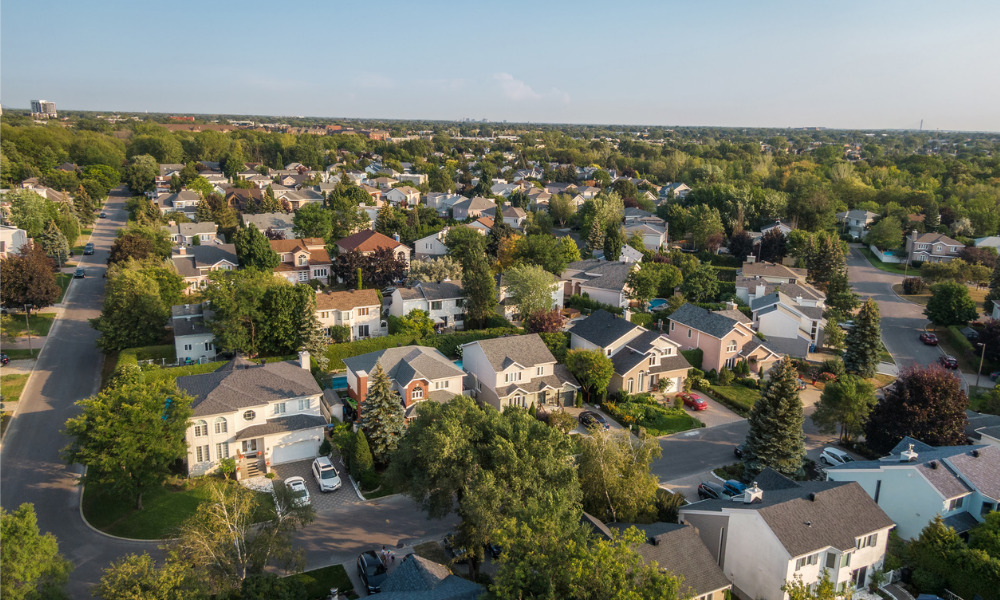New Desjardins report outlines the likely dynamic between immigration and housing supply

The Canadian housing market needs to significantly speed up the development of new supply just to keep up with the surge of immigration that will be apparent in the near future, according to a new report by Desjardins Securities.
Late last year, the federal government announced that it had set its immigration target at 465,000 new arrivals in 2023, gradually rising to 500,000 annually by 2025.
However, while Canada is slated to begin work on 210,000 housing units this year, Desjardins said that the market needs an additional 100,000 homes annually on top of this number to even begin addressing the needs of immigrants.
By comparison, Canada saw a total of 261,849 housing starts in 2022.
“Increasing the housing supply beyond the typical demand response would also take pressure off prices but requires extraordinary policy intervention and resolve,” Desjardins said in its new market analysis. “We estimate that housing starts would have to increase immediately by almost 50% nationally relative to our baseline scenario and stay there through 2024 to offset the price gains from the increase in federal immigration.”
At the same time, any increase in housing starts should take into account the likely regional differences that would become apparent over the next few years.
“If these newcomers to Canada continue the recent trend of moving to Ontario and British Columbia, affordability there and nationally will erode further,” Desjardins said. “However, if they move to places that have done a better job historically of integrating immigrants, such as the Prairie provinces, this will provide a substantive offset to the impact of higher immigration on home prices.”



